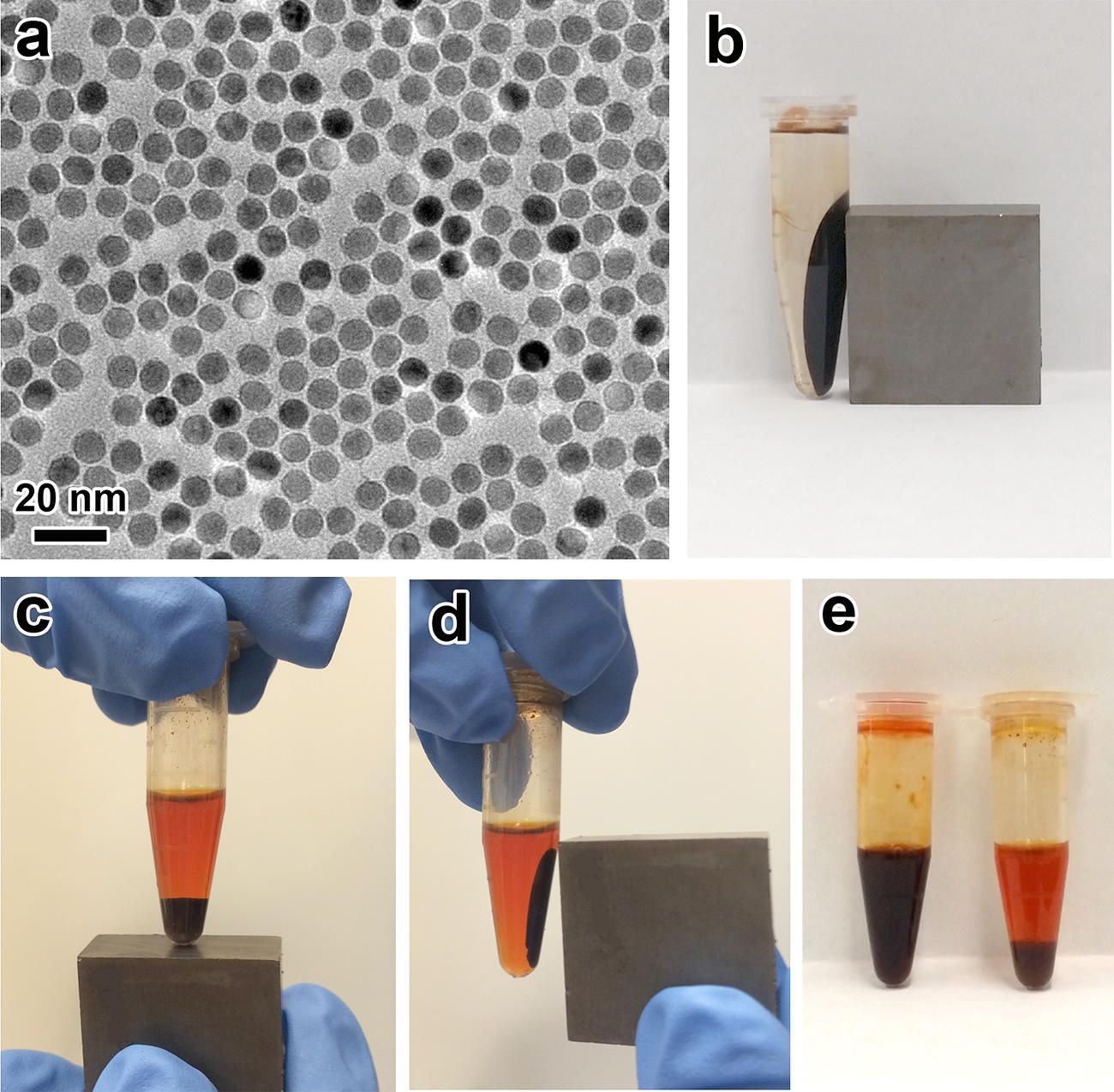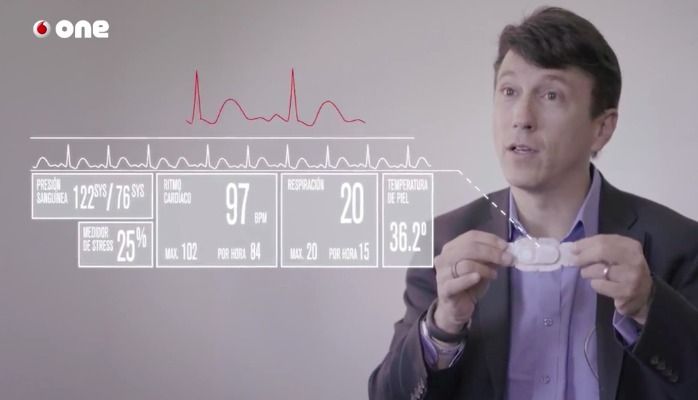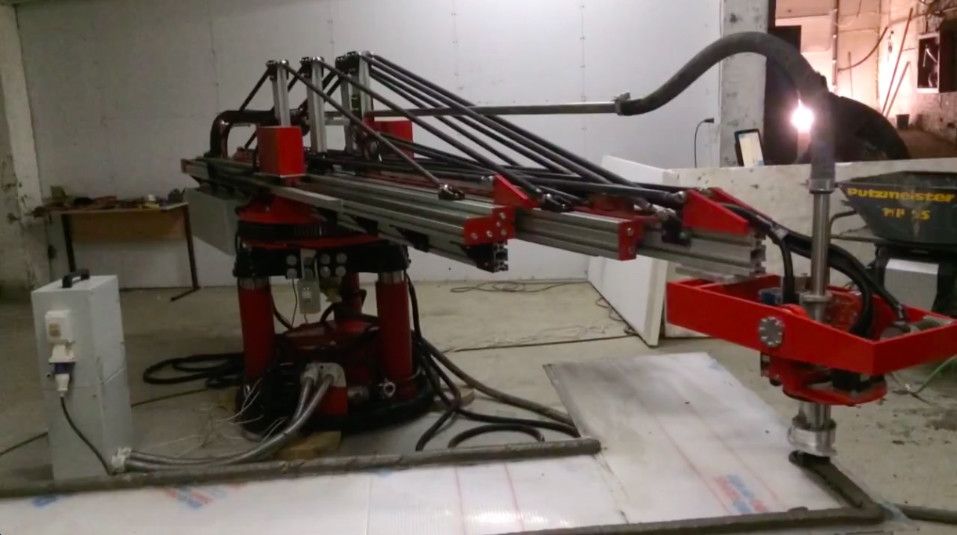Oct 19, 2015
SpaceX Changes Its Falcon 9 Rocket Return-to-Flight Plans — By Peter B. de Selding | SPACE.com
Posted by Odette Bohr Dienel in categories: business, Elon Musk, satellites
“SpaceX on Oct. 16 said it had changed its Falcon 9 return-to-flight plans and would first launch 11 small Orbcomm messaging satellites into low Earth orbit, and then test reignition of the rocket’s redesigned second-stage engine during the same flight before launching SES’s heavier telecommunications satellite into higher orbit, a mission that will need the reignition capability”


















